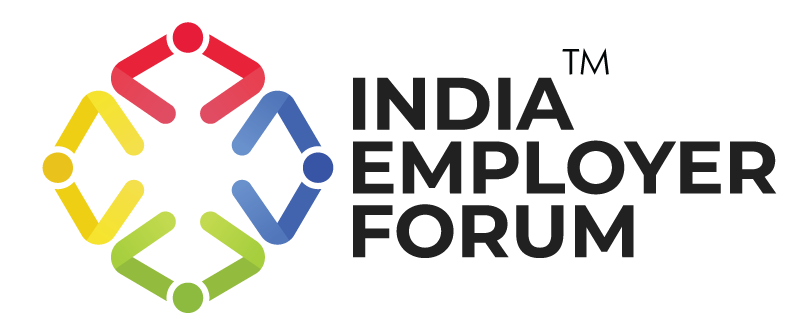The bell curve has been used to represent the performance of human capital in organizations. As the human capital is the most crucial of all intellectual capital that keeps a business going, the snapshot at the performance levels it provides can be instructive.
Where the bell curve currently stands
Managers believe that the performance of each employee plotted in a graph falls in the shape of the bell curve. This is the reason Economic Times finds that 75% to 80% of organizations still employ the bell curve in their appraisal methods. In effect, it says that there will be a small number of over-performers and a small number of under-performers, with the rest falling directly under the bell. This expanse of performers is, in reality, quite a large number (compared to the former two categories). It is not wrong for managers to assume that average-performing employees can be conveniently slotted under the bell representation. But this approach tends to ignore many factors such as the causes, fall-outs and mitigating scenarios behind the performance.
Consequences of using the bell curve
It turns out that merely labeling employees into categories can be damaging in many ways. For instance, it can drain away motivation from employees’ minds, so that they don’t even make the effort of improving their performance. The main flaw of the evaluation system using the bell curve is that it forces human capital into labels, and is completely relative. Absolute values have no place.
Also, the bell curve requires a sizable sample population to be evaluated, for the curve to resemble a bell in any capacity. When there are fewer employees, the bell representation becomes entirely inaccurate, making the categorizing of average and exceptional performers invalid. This makes the tool unsuited for start-ups and small companies.
Another limitation of the bell curve is that it is only applicable for categorizing employees who perform the same set of functions.
A rational appendage to the bell curve
At best, the bell curve can be used in conjunction with other performance evaluation systems, specifically ones that make room for qualitative features. A more comprehensive ranking system would credit other factors in addition to, say, performance numbers. Employees would still be able to distinguish themselves on other factors. This gives them hope and creates motivation. In the long run, this is also better for the organization as they can make projections for workforce planning and keep overall performance at the optimum. It is also possible to curtail recruitment costs by offering internal promotions – this also promotes loyalty among ascending employees.
Even better, the use of other systems of evaluation creates the possibility of human capital investment exactly in the areas they need. Appropriate training and re-skilling measures can be taken upon the basis of a realistic skills inventory, as opposed to one that is vulnerable to a manager’s idiosyncrasies. According to the Olson Group, human capital, and related costing accounts for nearly 70% of an organization’s operating expenses. Out of this, human capital development budget amounts to 2 – 2.5%. These initiatives make employees feel important so that they can aim for career growth. As this is a factor that promotes loyalty, activities focusing on upskilling or re-skilling is an important part of human capital management and help tame attrition.
To conclude, it would be safe to say that the use of the bell curve is in no way a complete tool to be employed for the profitable use of human capital. It is obsolete from the perspective that humans are inconsistent and trainable. In modern times, the bell curve can at best function as one of many forms of understanding human capital formation. A 360-degree feedback model is far more descriptive and insightful.






